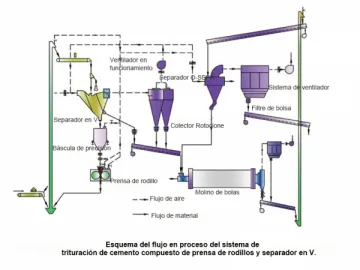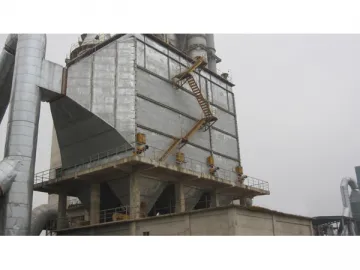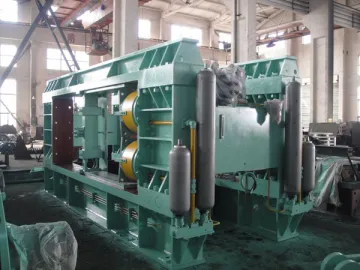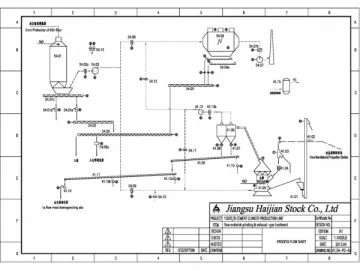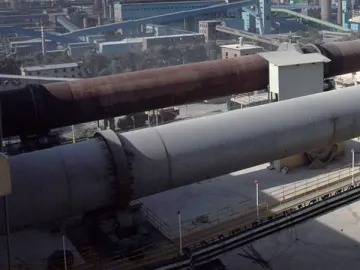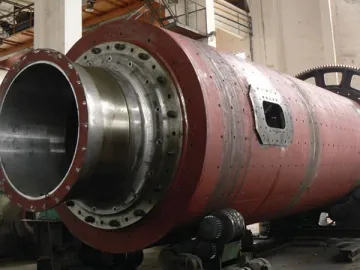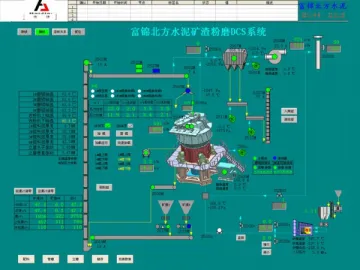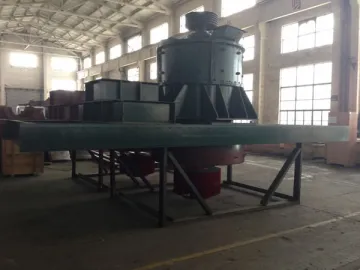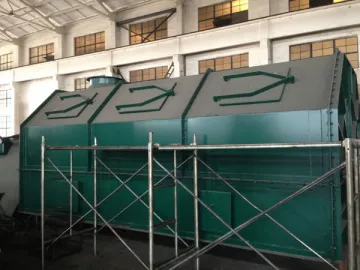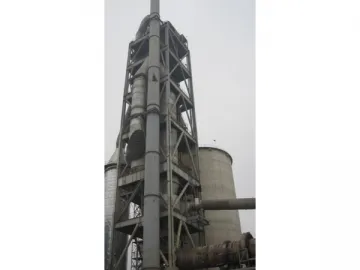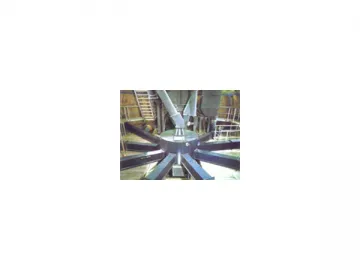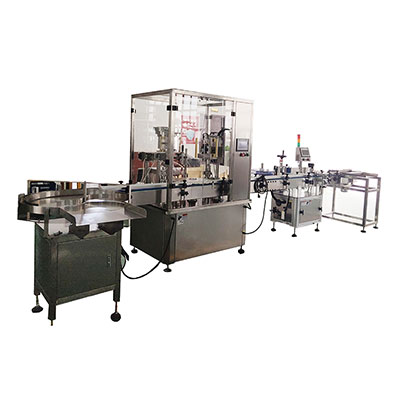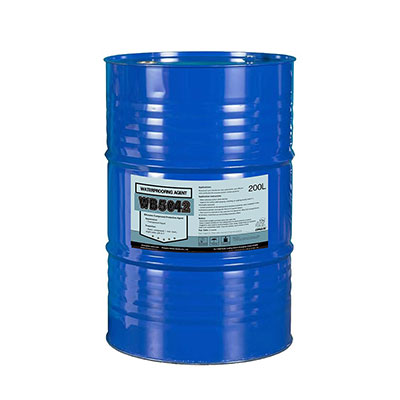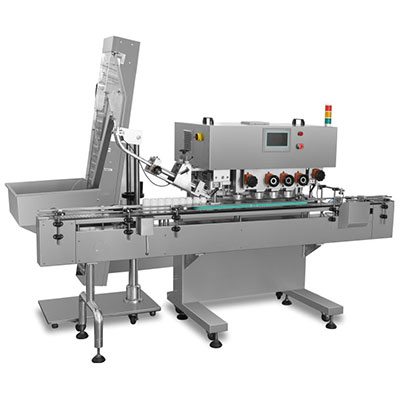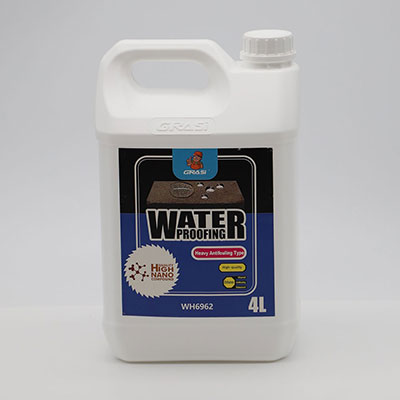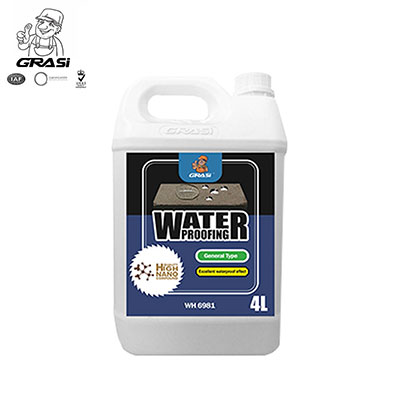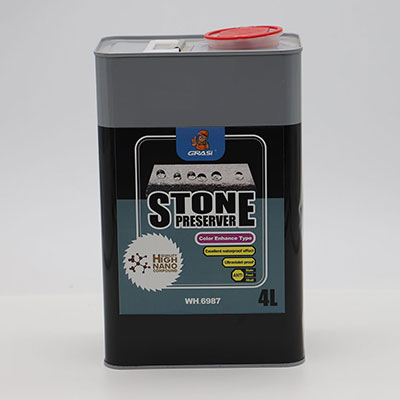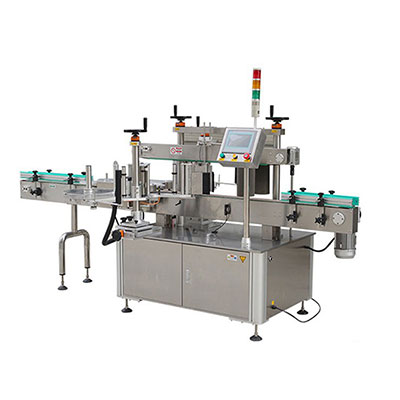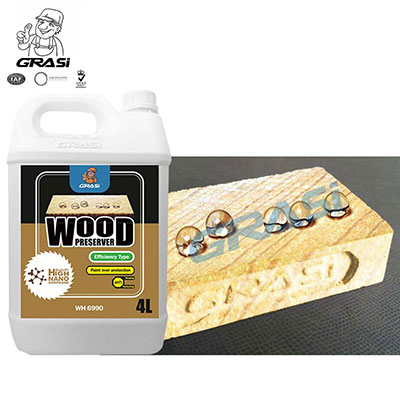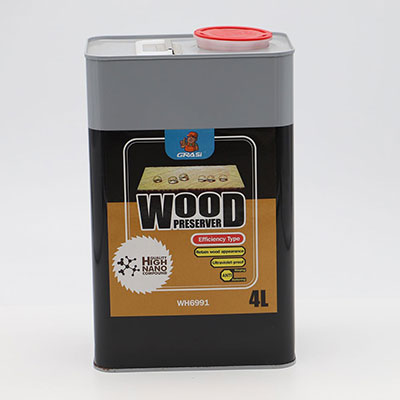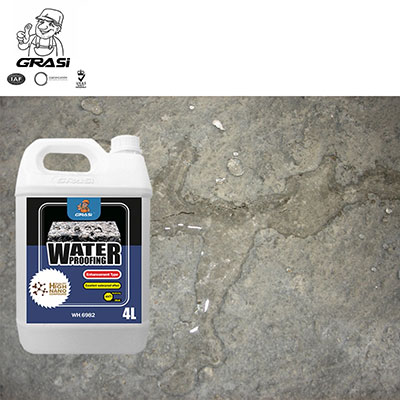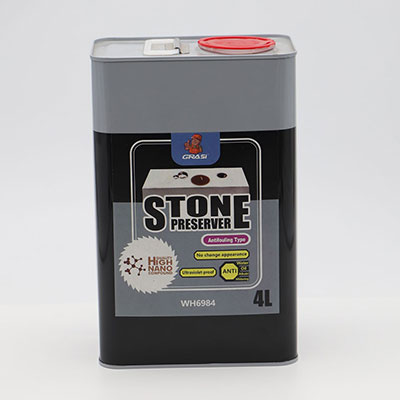Dry Process Cement Production Line
Haijian is capable of offering complete dry process cement production line construction service, including engineering design, civil construction, whole package of equipment supply, equipment installation and debugging, technical support, and general contracting. Specific cement production line scale Haijian can undertake ranges from 6000t/d, 5000t/d, 4000t/d, 3000t/d, 2500t/d, 2000t/d, 1500t/d, 1300t/d, 1000t/d and 600t/d.
Raw Material Crushing and Pre-homogenization
1. Raw Material Crushing and Pre-homogenization
Crushing
During the process of cement production, the majority of raw materials, including limestone, clay, iron ore, coal, etc. will be crushed. Specifically, due to larger granularity and higher hardness, the crushing of limestone that is maximally consumed in cement producing plays critical role in the raw material crushing.
Pre-homogenization
Pre-homogenization means during the course of raw material storing and reclaiming, scientific material stacking and reclaiming techniques are utilized to achieve preliminary raw material homogenization, thus assuring the raw material storage yard of double function, namely storage and homogenization.
Raw Material Grinding
2. Raw Material Grinding
During the process of cement production, 3 tons of materials at least are needed to be ground to produce one ton of Portland cement. These materials include various raw materials, fuels, clinkers, mixtures and gypsum. According to statistics, over 60% cement plant power will be consumed to grind materials in dry process cement production line. Among which, over 30% is used for raw materials grinding, about 3% for coal grinding, and about 40% for cement grinding. Thereby, it is greatly significant to select appropriate grinding mill and production process, optimize technological parameters, as well as correctly operate and control grinding so as to ensure product quality and reduce energy consumption.
Based on the difference of raw materials and cement production line scale, Haijian can provide our customer with various raw materials grinding solutions such as roller press, tube mill, and vertical mill so as to ensure economy and efficiency.
Raw Material Homogenization
3. Raw Material Homogenization
During the production process of dry process cement production line, to homogenize the constituent of fed raw materials is the premise of stable clinker sintering. The raw material homogenization system is the last guard to stabilize the constituent of raw materials.
Raw Material Preheating and Decomposition
4. Raw Material Preheating and Decomposition
Now, a suspension preheater is utilized to preheat and partially decompose the raw materials, which was completed in rotary kiln. Thus, the length of the rotary kiln can be shortened. In addition, in the rotary kiln, the raw materials are stacked for heat transferring with the air while in the preheater, they are suspended for heating, which can make the raw materials be intensively mixed with the red-hot air exhausted from the kiln and enlarging contact area, thus ensuring fast heat transferring and high heat exchanging efficiency. Consequently, the efficiency of kiln system can be increased and heat consumption of clinker sintering can be reduced.
Raw Material Dispersion
80% heat transferring is completed in the preheater pipe. Due to the impact of airflow rising rapidly, the raw materials fed into the preheater pipe will move upward along with the airflow and be dispersed.
Gas-solid Separation
When the material powders laden gas flows into the cyclone separator at high velocity, it will be forced to revolve rapidly in the annular space between the cyclone wall and the exhaust pipe. Simultaneously, it will move downward from the cylinder part all the way to the end of the cone part. Then, it will revolve upward in turn and be exhausted from the exhaust pipe.
Predecomposition
The pre-decomposition technology is a great leap in cement calcining process. It can be completed in the decomposition furnace added between the preheater and the rotary kiln. Based on the kiln tail uptake flue, a fuel injection device is equipped to ensure that the exothermic process of fuels combusting and the endothermic process of raw materials decomposing can be rapidly competed in the decomposition furnace in suspension or flow condition, consequently increasing decomposition rate to over 90%.
The pre-decomposition process moves the carbonate decomposition previously completed in the rotary kiln into the newly added decomposition furnace. The most of fuels can be added directly from inside of the decomposition furnace while small part of fuel is added from the kiln head, which can relieve the thermal load of calcining zone in the kiln and prolong service life of the refractory materials, thus being favorable for large-scale production. Due to uniform mixing of the fuels and raw materials, the heat caused by the fuel combusting can be timely transferred to the raw materials, optimizing the combustion, heat transferring and carbonate decomposition process. To sum up, the pre-decomposition technology features superior quality, high efficiency and low energy consumption.
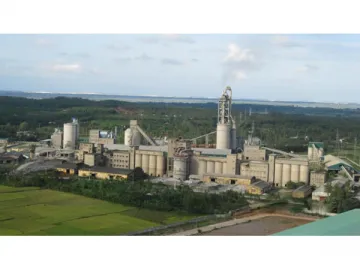
Cement Clinker Sintering
5. Cement Clinker Sintering
Being completed preheating and pre-decomposition, the raw materials will be fed into the rotary kiln for clinker sintering. In the rotary kiln, the pre-decomposed carbonate will be further decomposed rapidly and experience a series of solid phase reaction, generating many solvent minerals. When the temperature rises up to about 1300℃, the solvent minerals will be liquidized. Then components such as C12A7, C2F and C2S dissolved in the liquid phase will react with CaO to produce a large number of clinkers.
When cement clinkers sintering is completed, the temperature will decline, and the extremely hot clinkers discharged from the rotary kiln will be cooled by a cooler to a temperature the conveyors, storages and cement mills in next processes can bear. In addition, the sensible heat of the clinkers will be recycled so as to improve thermal efficiency and clinker quality.
According to various fuels and scales, Haijian can offer pulverized coal combustion system, natural gas combustion system, and heavy oil combustion system to our customs so as to assure them of maximum benefit.
Cement Grinding
6. Cement Grinding
Cement grinding is the last process of cement manufacturing, and it is the most power consumed process. The main function of cement grinding is to grind cement clinkers such as gelling agent, performance adjusting material, etc. into appropriate granularity so as to form a certain proportion of grain composition, thus increasing hydration area and accelerating hydration. In doing so, cement paste setting and hardening can be easily achieved.
Haijian can offer a variety of cement grinding solutions to our customers, including open circuit grinding, close-circuit grinding, and united grinding by using roller press and ball mill.
Cement Packaging
7. Cement Packaging
The finished cement can be delivered in bags or in bulk.
Links:https://globefindpro.com/products/76982.html
